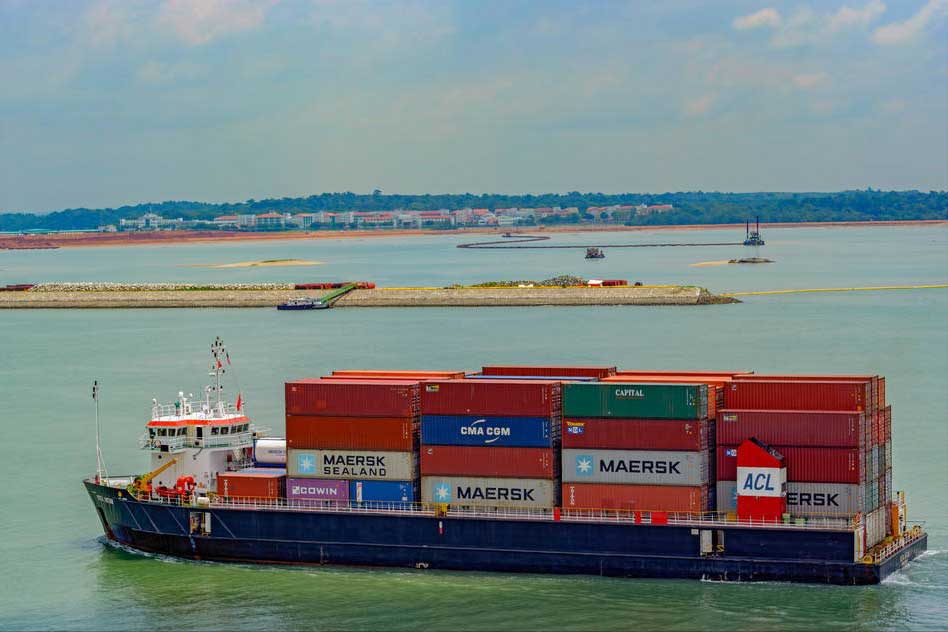
This article focuses on foreign trade import-export services, detailing document processing, logistics arrangements, analyzing advantages and procedures in Russian and Southeast Asian markets, discussing trade conditions, and providing practical guidance on certification assistance.
In todays globalized world, supply chain trade has become the core of foreign trade. Whether for large enterprises or SMEs, how to efficiently manage supply chains and ensure smooth goods flow is an issue that cannot be ignored. Today, based on years of practical experience, I will decode the key elements of supply chain trade for everyone.
Core Elements of Supply Chain Trade
Supply chain trade is not just simple transportation logistics; it encompasses every link from procurement and production to delivery. Here are several core elements:
- Logistics Management:Logistics is the lifeblood of supply chains, ensuring smooth flow of goods from production sites to destinations.
- Compliance:Adhering to trade regulations of various countries to avoid legal risks from non-compliant operations.
- Management of Risk:Identifying and addressing potential risks in supply chains, such as exchange rate fluctuations and political instability.
Key Strategies for Logistics Management
Logistics management is the most challenging part of supply chain trade. Here are some practical strategies:
- Selecting Appropriate Logistics Partners:Cooperating with reliable logistics companies to ensure safe and timely delivery of goods.
- Optimize Shipping Routes:Through data analysis, selecting optimal transportation routes to reduce costs and improve efficiency.
- Utilizing Technological Means:Using advanced logistics management systems to track goods status in real-time and respond promptly to emergencies.
The Importance of Compliance
In foreign trade, compliance is an issue that cannot be ignored. Here are some compliance management suggestions:
- Understanding Various Countries Regulations:Different countries have different trade regulations; understanding and complying with these is key to avoiding legal risks.
- Maintaining Complete Documentation:Ensuring the completeness and accuracy of all trade documents to avoid delays or fines caused by documentation issues.
- Regular training:Conduct regular compliance training for employees to ensure everyone understands and adheres to relevant regulations.
Practical Methods for Risk Management
Risks are omnipresent in supply chain trade. Here are some effective risk management methods:
- Diversified supply chain:Avoid relying on a single supplier or logistics channel to spread risks.
- Establish emergency plans:Develop detailed emergency plans for potential risks to ensure rapid response in unexpected situations.
- Continuous monitoring:Through continuous monitoring of all supply chain links, promptly identify and address potential risks.
Case analysis
Lets understand the application of supply chain trade through a practical case. A medium-sized manufacturing enterprise successfully reduced transportation costs and improved delivery efficiency by optimizing logistics management. They collaborated with multiple logistics companies, selected optimal transportation routes, and used a logistics management system to track cargo status in real time. Additionally, they conducted regular compliance training to ensure all operations complied with various countries regulations. Through these measures, the enterprise achieved significant competitive advantages in the international market.
Conclusion
Supply chain trade is a critical link in foreign trade import and export. Only by efficiently managing the supply chain can one remain invincible in fierce international competition. We hope the content of this article provides practical suggestions to help you navigate foreign trade import and export with ease.


 Follow Customer Service WeChat
Follow Customer Service WeChat